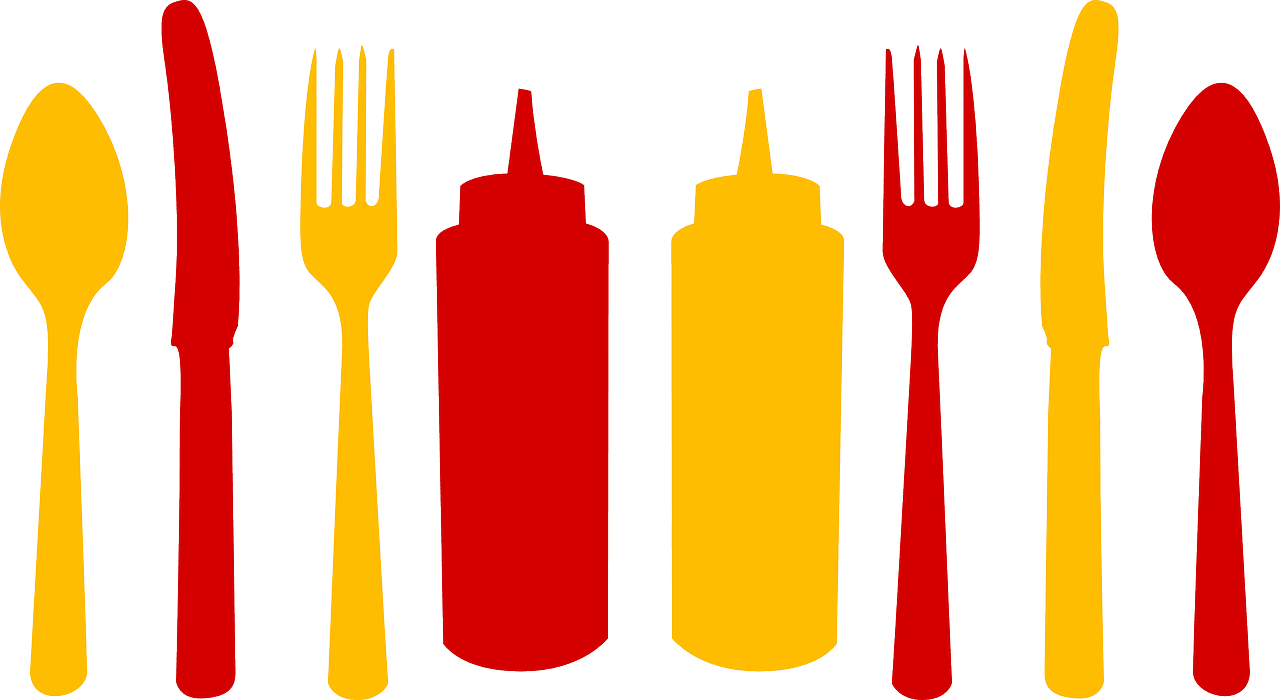In the expanding field of nanotechnology, materials are being manipulated at a very small scale, creating nanomaterials with novel properties that may result in improved consumer products. The ‘nano’ in nanomaterials refers to the fact that they have at least one dimension that is measured in (at most) tens of nanometers. One nanometer is a billionth of a meter, or 100,000 times smaller than the thickness of a sheet of newspaper. Manipulations of materials at the nanoscale can fundamentally change their properties, for example increasing strength, reducing weight, changing optical properties, or enhancing chemical reactivity.
Widespread exposure to nanomaterials via ingestion is an inevitable consequence of the expanding use of nanomaterials in food and other consumer products and is thus a cause for concern. In addition, nanomaterials might be released in the environment from products, resulting in a potential inadvertent ingestion from environmental contamination. Nanomaterials including silicon dioxide, titanium dioxide, silver, and zinc oxide in food products and consumer products such as toothpaste have a clear potential for ingestion by a large proportion of the population. Scientists over the past decade have learned a lot about the potential interaction of nanomaterials in our gut and the potential uptake in our bodies. A recent review in WIREs Nanomedicine and Nanobiotechnology discusses the routes for intestinal uptake and transport of nanomaterials and summarizes current knowledge of the mechanisms of toxicity of nanomaterials in the gut, highlighting areas where information is lacking.
The extent of ingestion and the potential risks of this for consumers remain poorly defined. It is now well established that the properties of nanomaterials are heavily influenced by their local environment. For example, when considering nanomaterial ingestion, the impact of the harsh conditions in the stomach and intestines needs to be considered. Several laboratory models have been used to study interactions of nanomaterials with gastrointestinal tissues. For example, scientists grow monolayers of a single cell type or use combinations of cells and growth conditions in attempts to more closely model the human intestines. Potentially these models can be used to study the human uptake of nanomaterials and their effects on gut health. In some of the more recent studies, cells have not only been exposed to pristine nanomaterials, but also to so-called aged nanomaterials that have been exposed to simulated gastrointestinal contents. Computational models (supported by experimental data) that support the laboratory models are of great help to interpret the results.
Data so far suggests there is limited cellular uptake and epithelial translocation of ingested nanomaterials. Only recently have studies addressed the potential effects of nanomaterials on the microorganisms that normally reside in the intestine. The limited data suggests effects of the nanomaterial (or dissociated ions) on the microbial ecosystem, raising the possibility that nanomaterial ingestion might disturb the delicate balance between microorganisms and intestinal tissues that is known to be very important for our health. Interestingly, some studies are appearing where the combined effects of nanomaterials and food ingredients are being explored, not only to assess the fate and physicochemical properties of the nanomaterials, but to explore synergistic effects on the intestinal epithelium. There are indications that nanomaterials can induce, or interfere with, immune responses, but limited data is available to assess the potential risk from the comparatively small quantities of nanomaterials that we are likely to be ingesting from food and domestic products.
Text contributed by the authors.

















